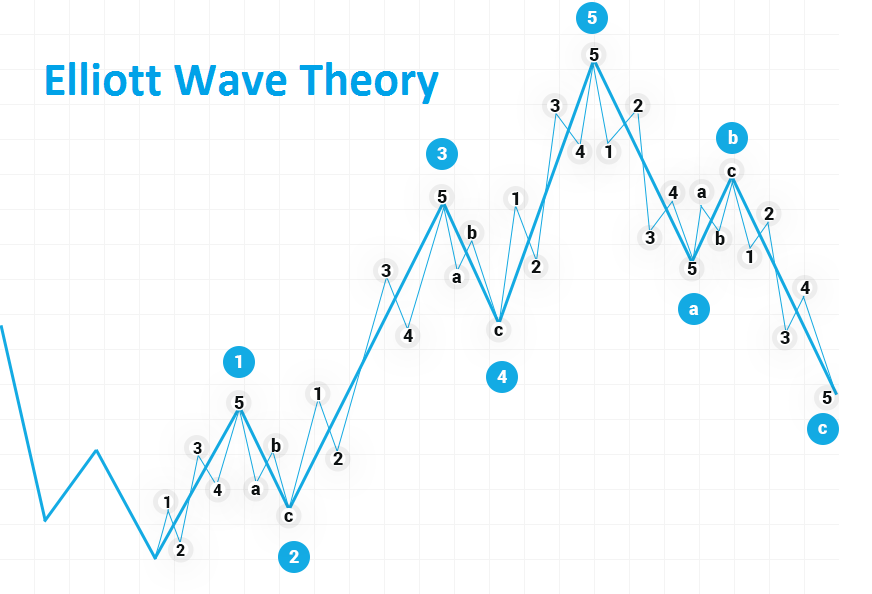Moving Average Convergence Divergence
Moving Average Convergence Divergence
Moving Average Convergence Divergence, or MACD is one of the most popular momentum instruments or indicators used in technical analysis. This was developed by Gerald Appel in the late 1970s. This indicator is used to understand momentum and its directional strength by calculating the difference between two-time intervals that are a collection of historical time series. The MACD uses "moving averages" of two separate time intervals (mainly based on the historical closing prices of security), and a momentum oscillator line is obtained by the difference between the two moving averages, also called. it's called "deviations." The simple rule for calculating the two moving averages is that one should be shorter and the other longer. Typically, exponential moving averages (EMAs) are taken into account for this.
History
The creation of the MACD as we know it can be divided into two separate events.
Gerald Appel created the MACD line in the 1970s.
In 1986, Thomas Aspray added the histogram function to the MACD calls.
Aspray's contribution made it possible to anticipate (and therefore reduce delays) of possible MACD crosses that constitute a fundamental part of the indicator.
How does this indicator work?
MACD spillovers above zero are considered bullish, while spillovers below zero are bearish. Second, the MACD is considered bullish if it falls below zero. When it falls above zero, it is considered bearish.
When the MACD line crosses from the low above the signal line, the indicator is considered bullish. The further below the zero line, the stronger the signal.
When the MACD line crosses the signal line from top to bottom, the indicator is considered bearish. The higher the level above the zero line, the stronger the signal.
Formula
MACD = FastMA - SlowMA
Where: FastMA is the shortest moving average and Slow MA is the longest moving average.
SignalLine = MovAvg (MACD)
Histogram MACD = MACD - SignalLine
What is the moving average convergence divergence?
A moving average is nothing more than a representation of a consensus of average value over a selected period of time, rather than a composite photo of a consensus of the masses. Identify trends by filtering out daily price fluctuations. Excessive variation makes it difficult for traders to have a clear idea of the general trend of security. The price movement is smoothed using the moving average. Once the daily fluctuations are eliminated, we can detect the real trend and increase our chances of winning a trade. The average can be anything, the time period is entirely up to the traders. You are free to choose read more.


Comments
Post a Comment